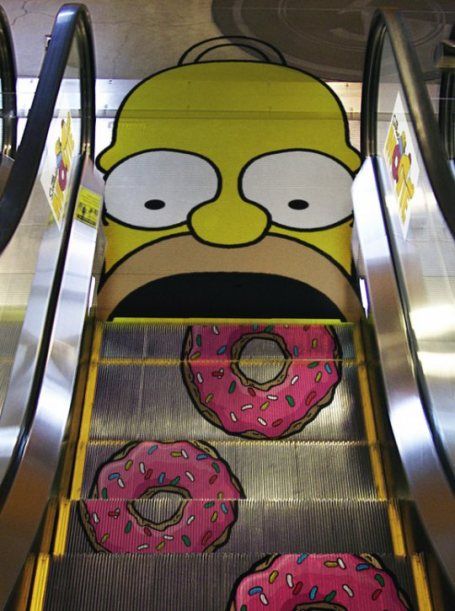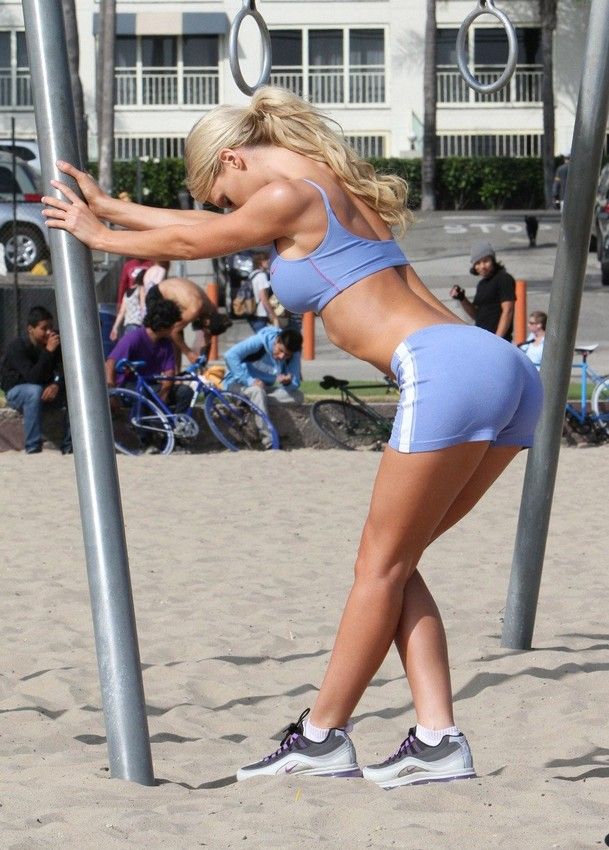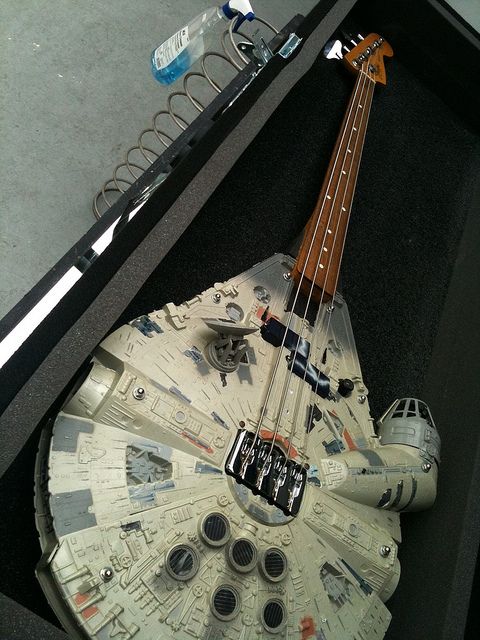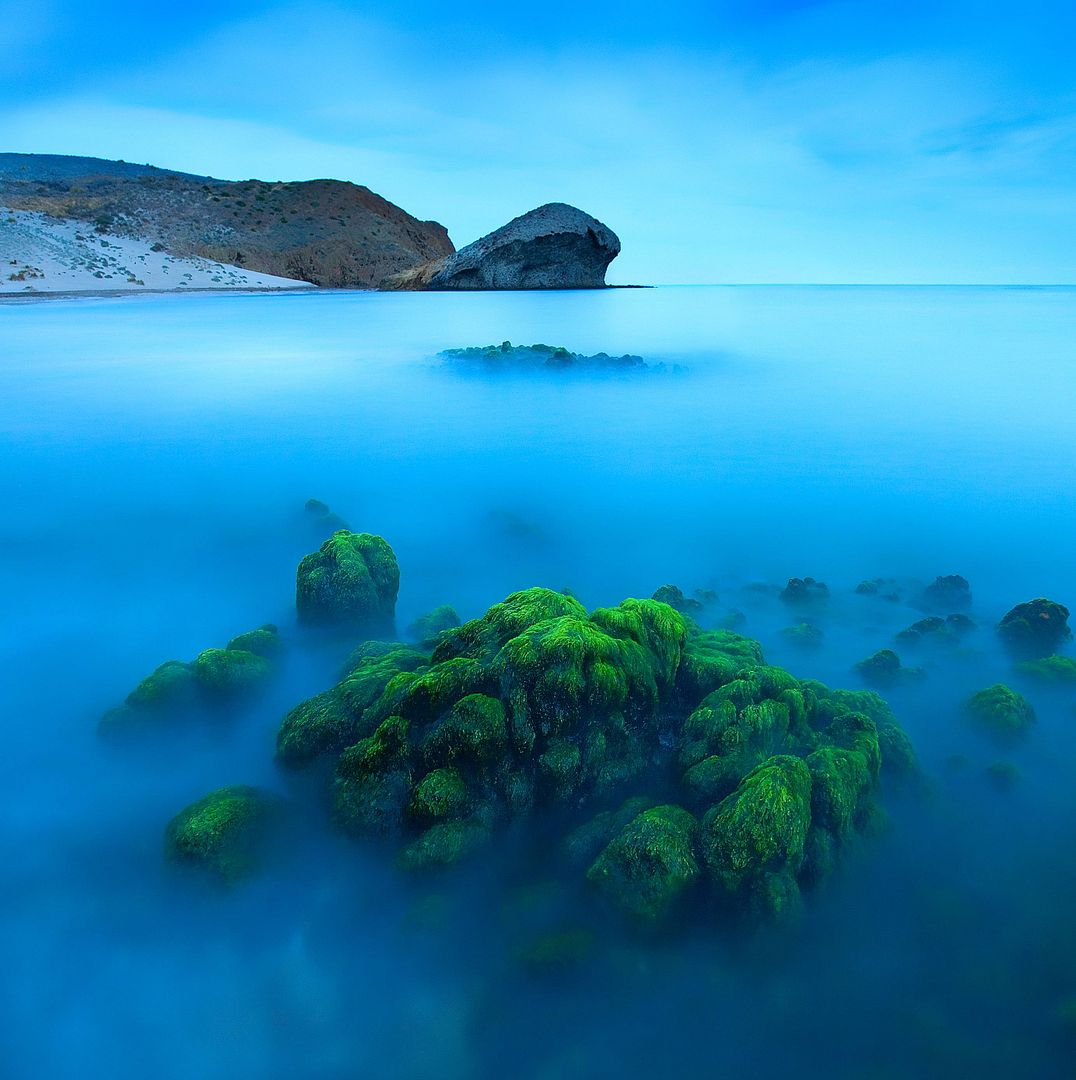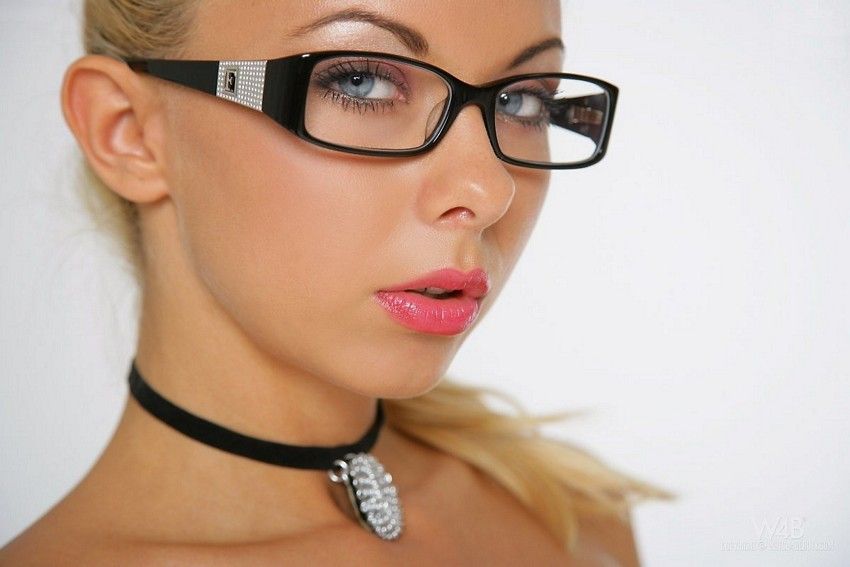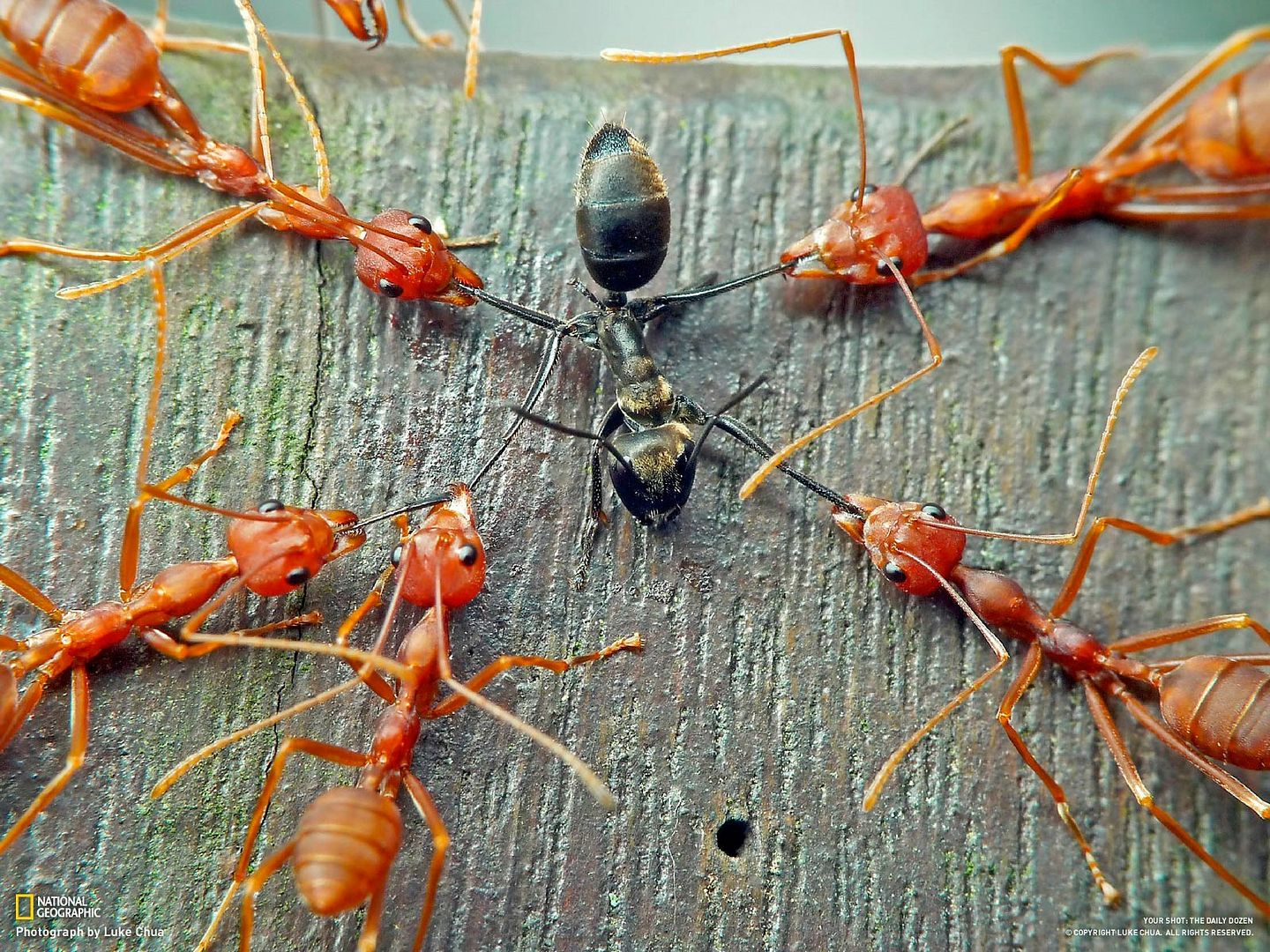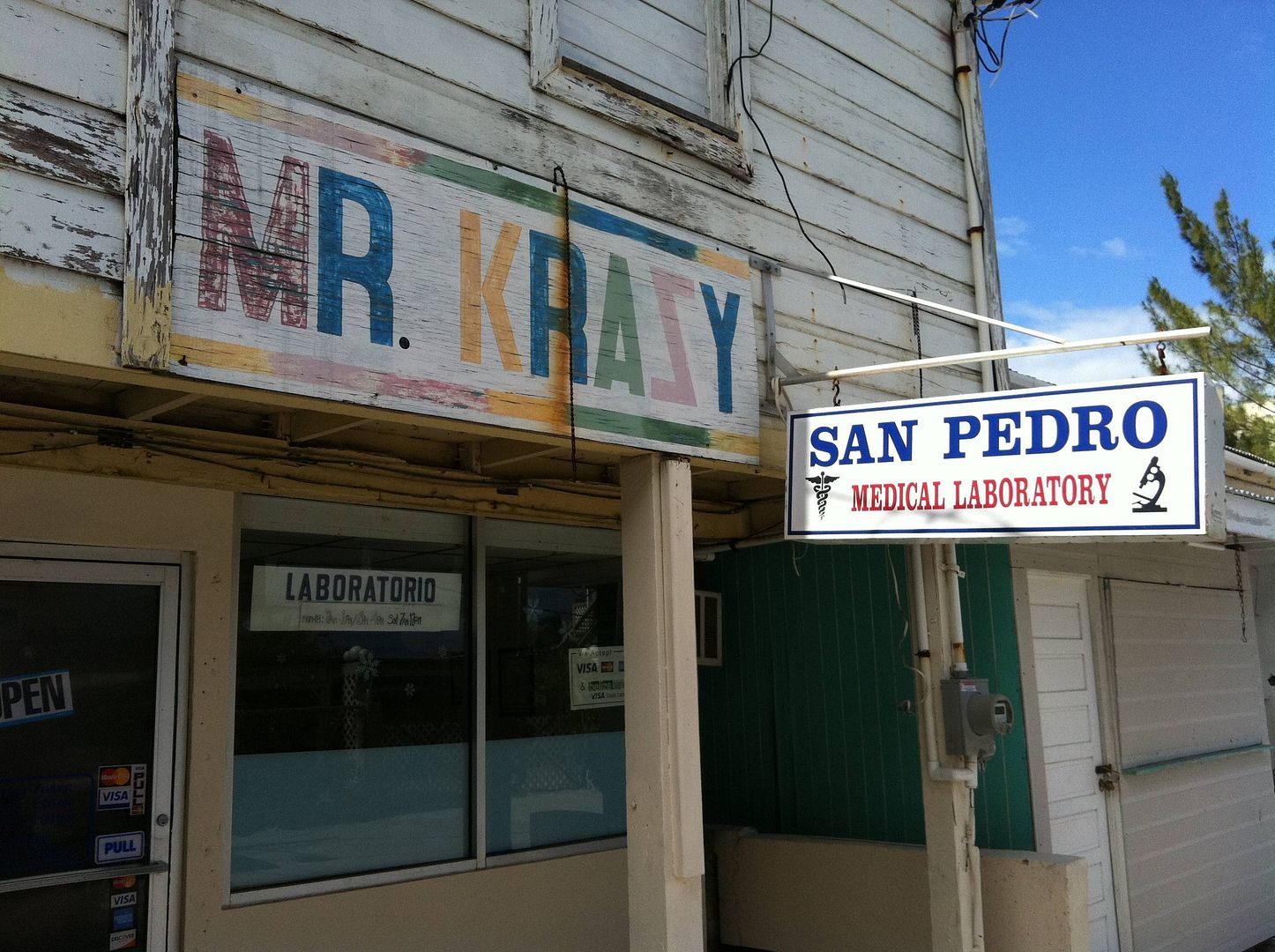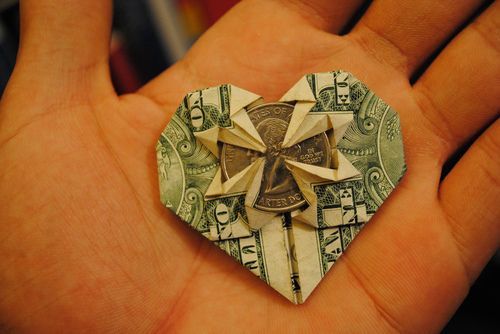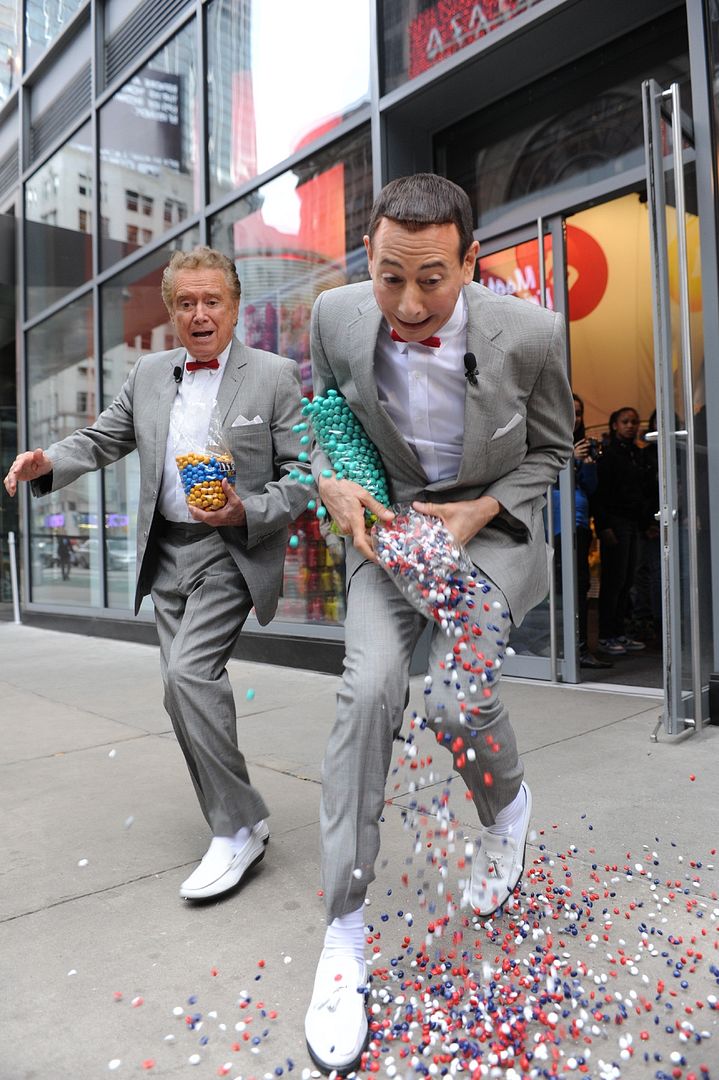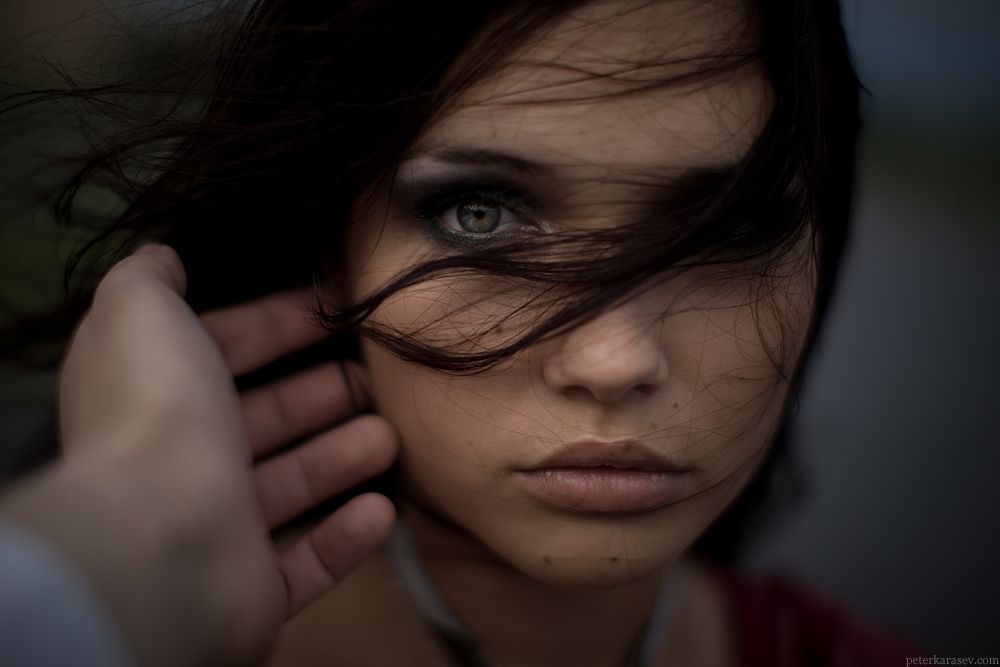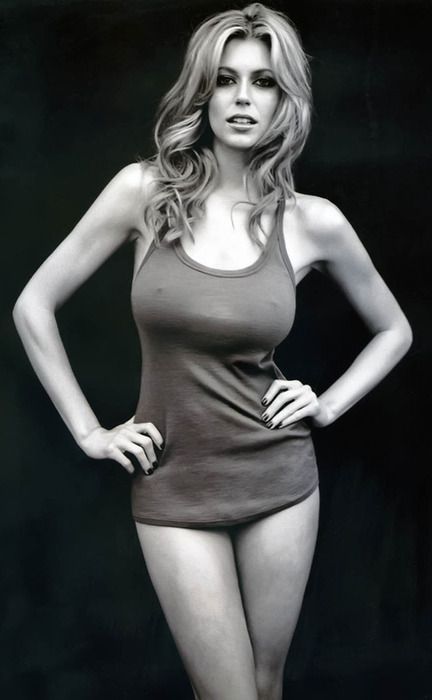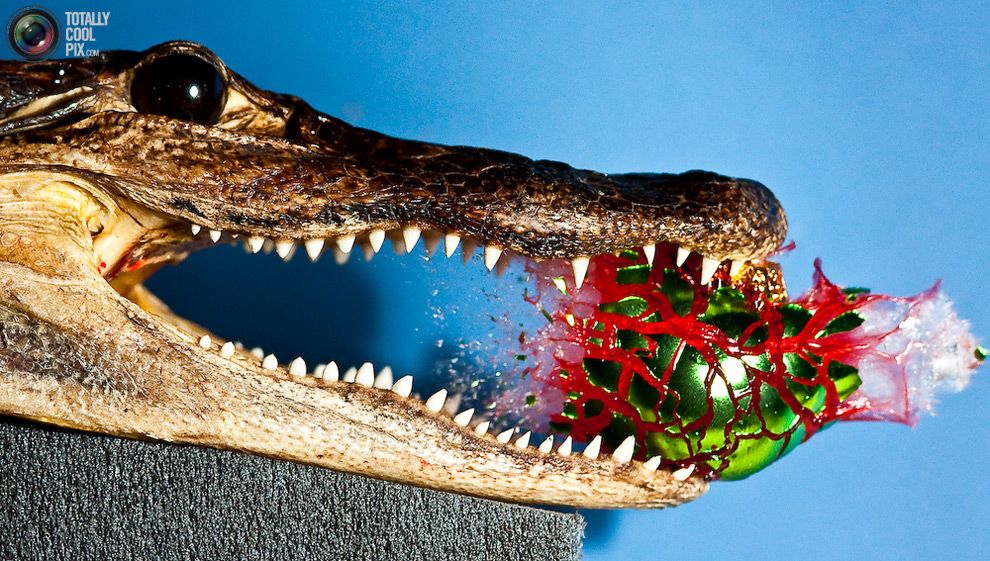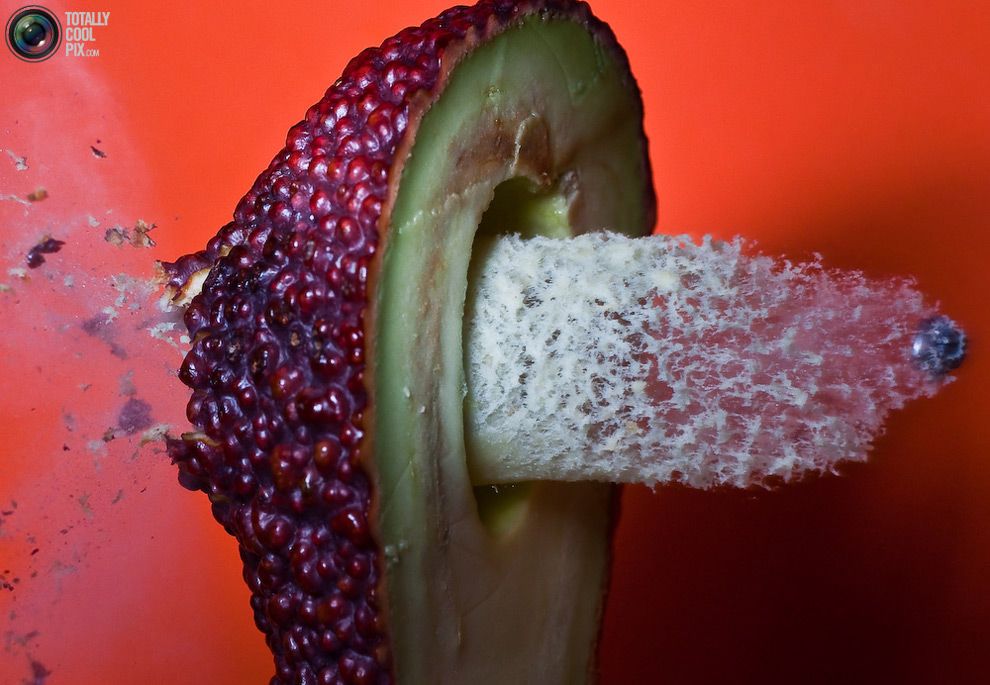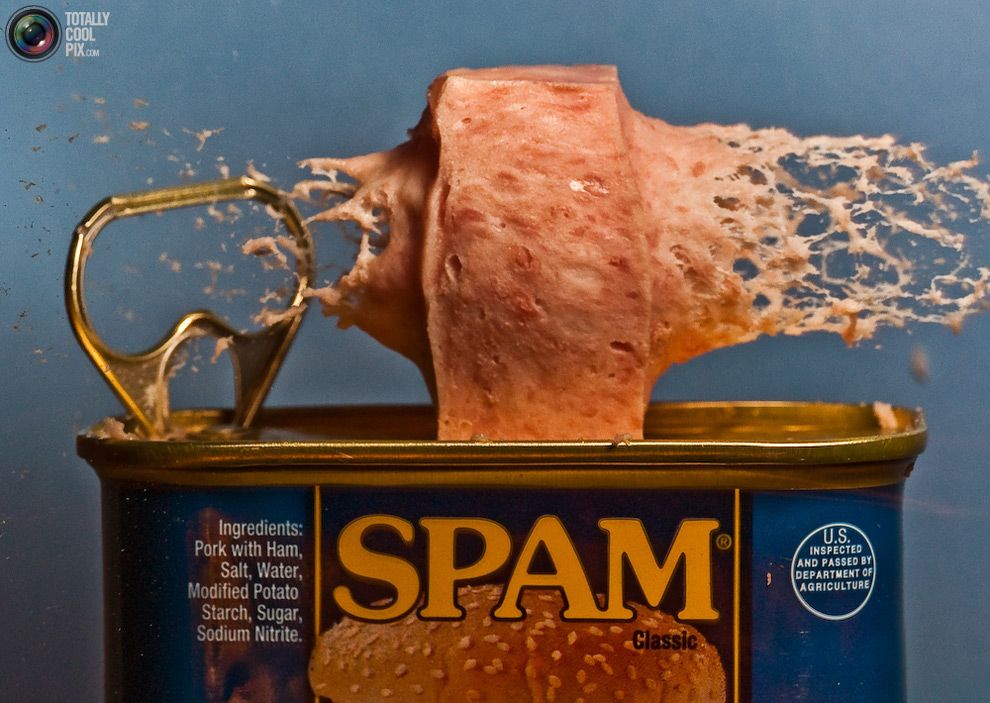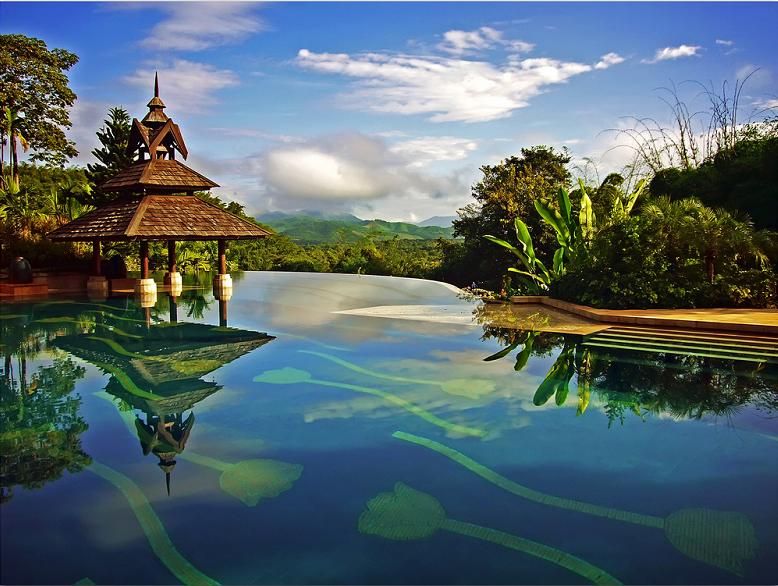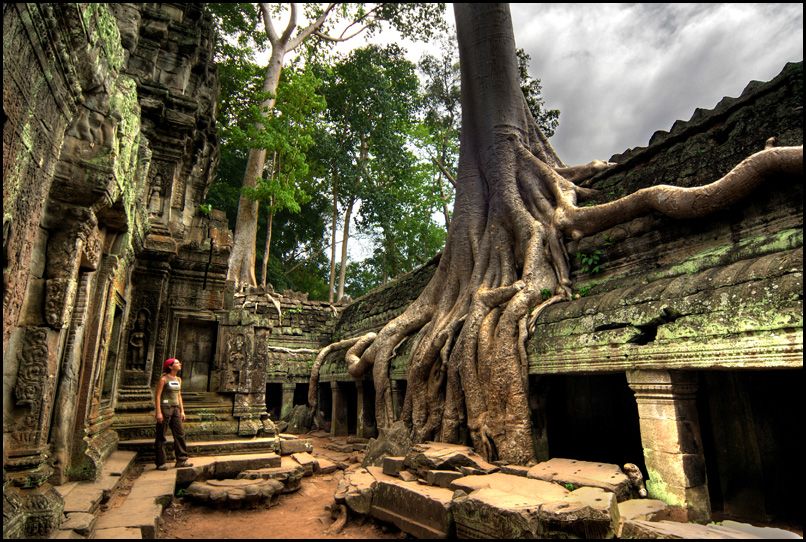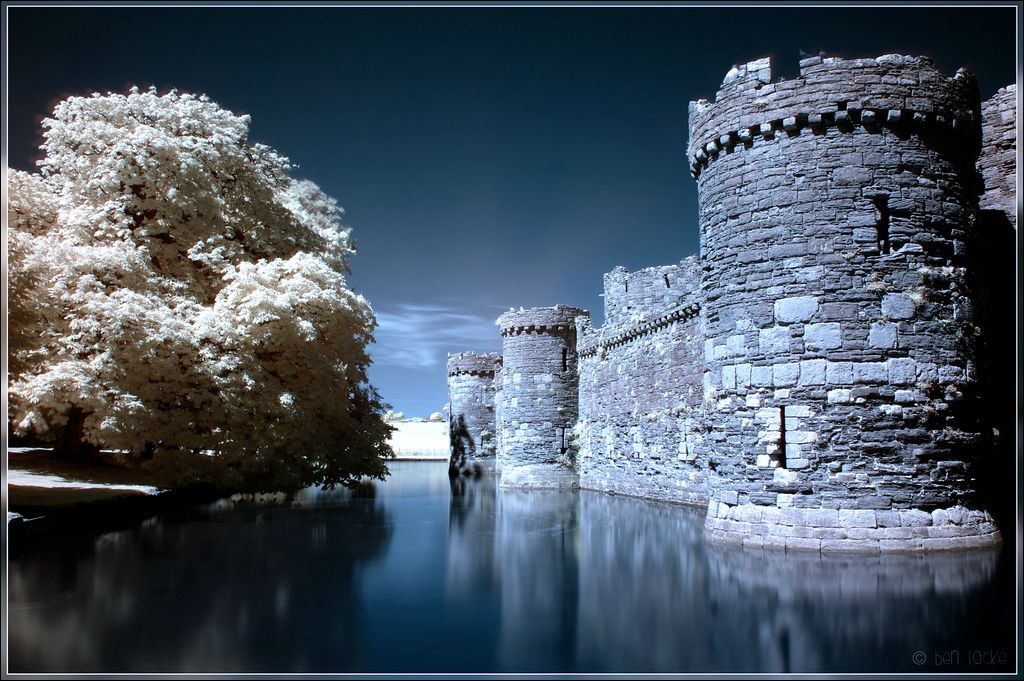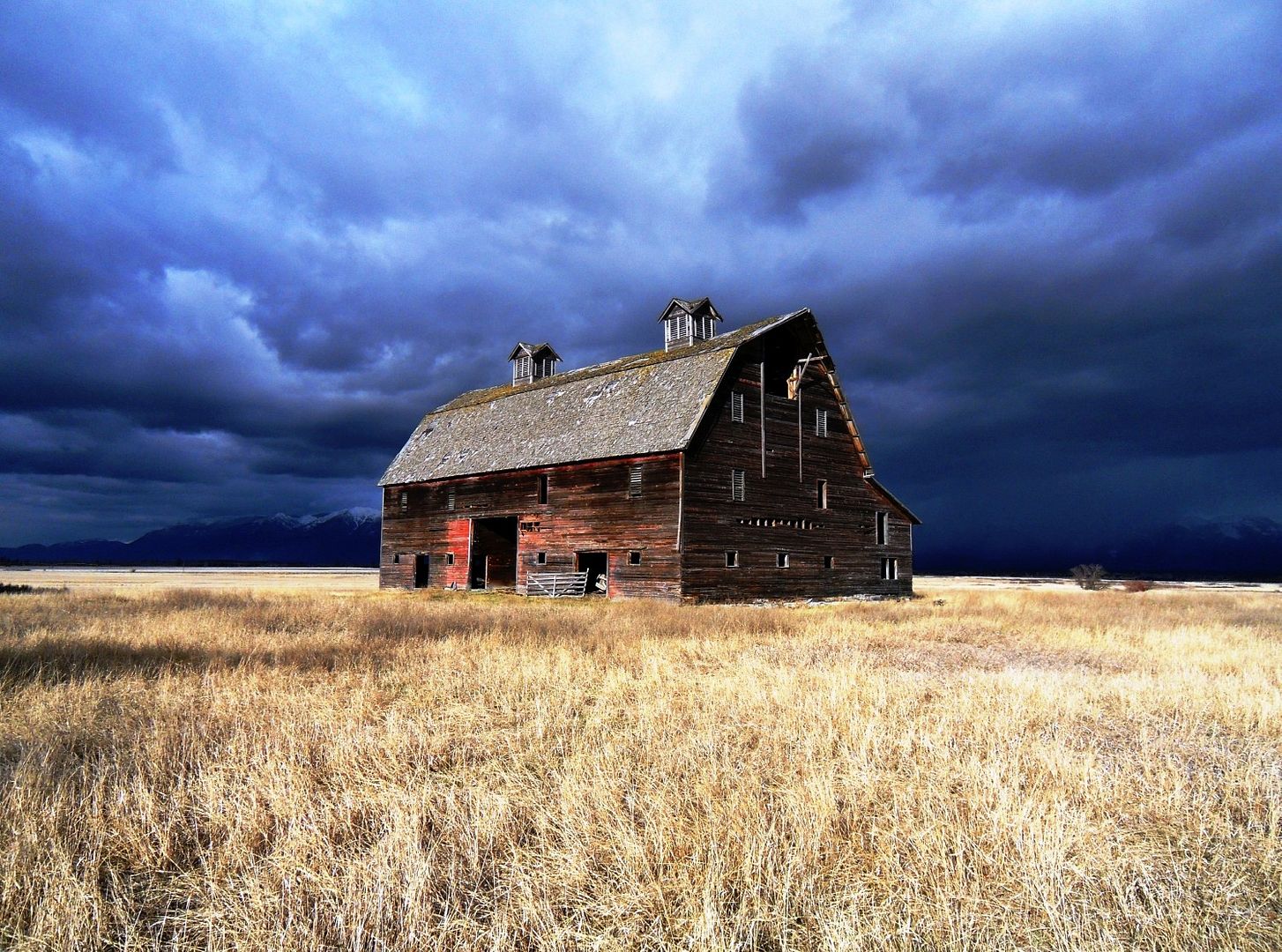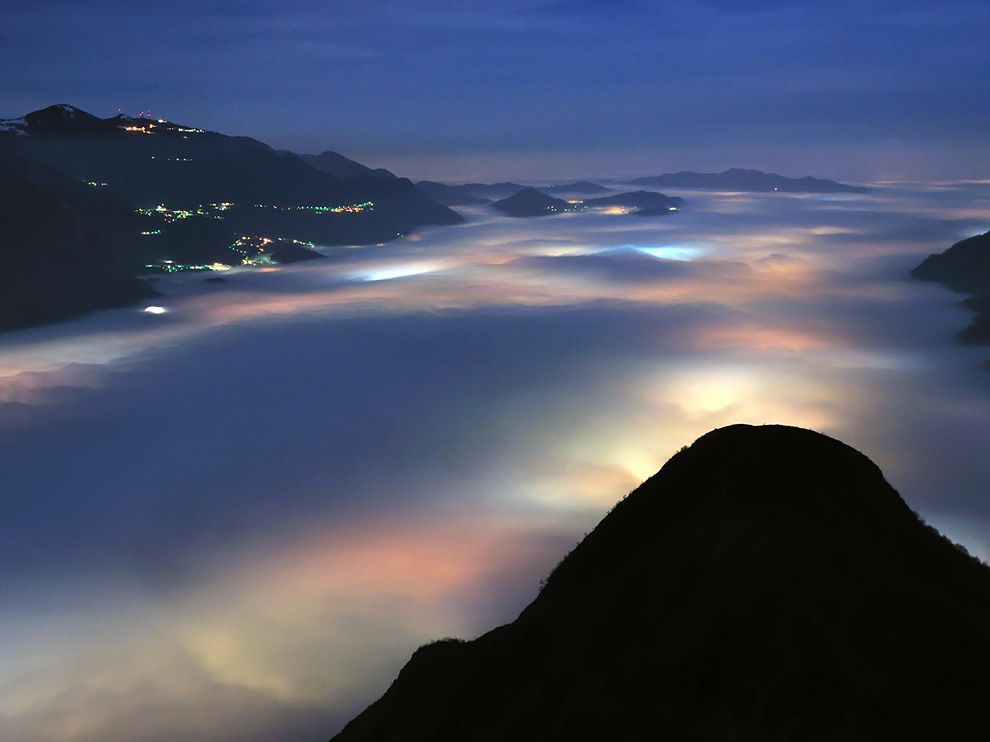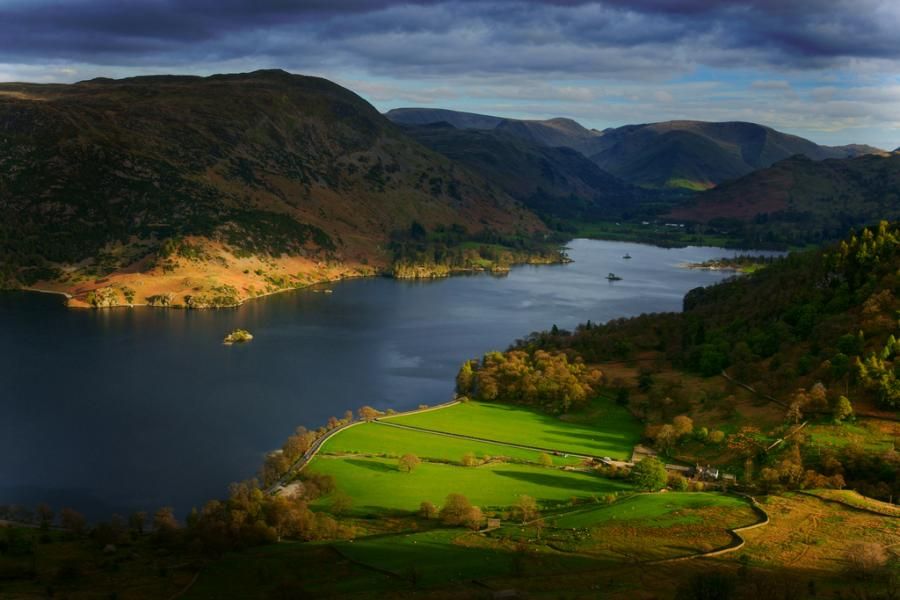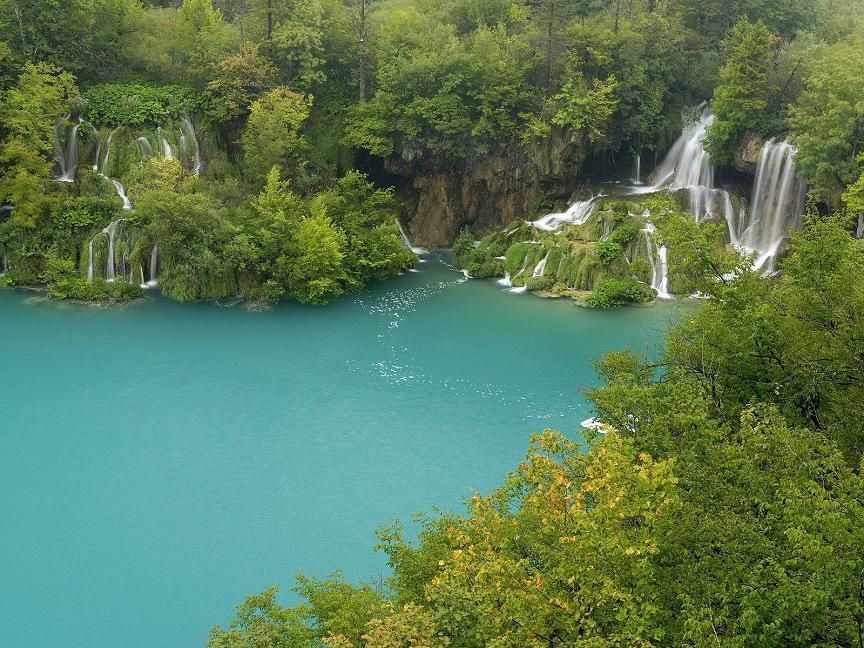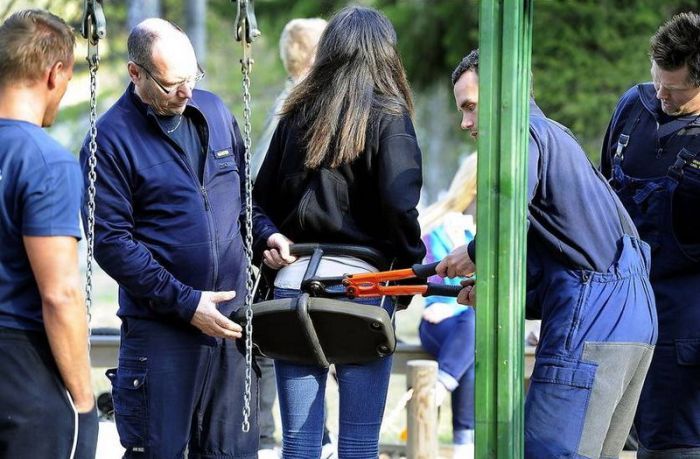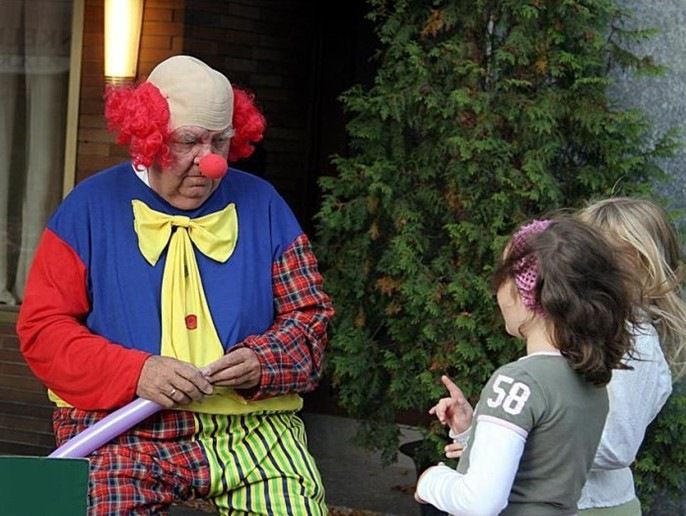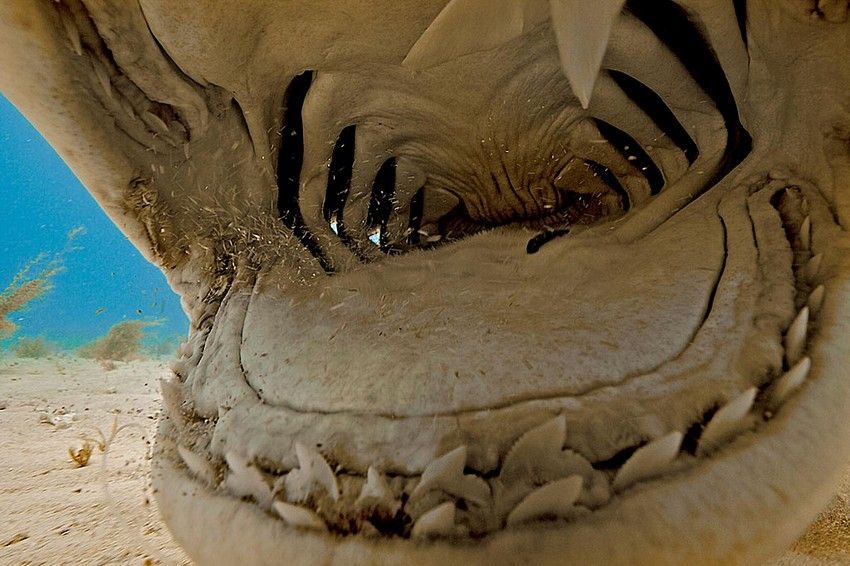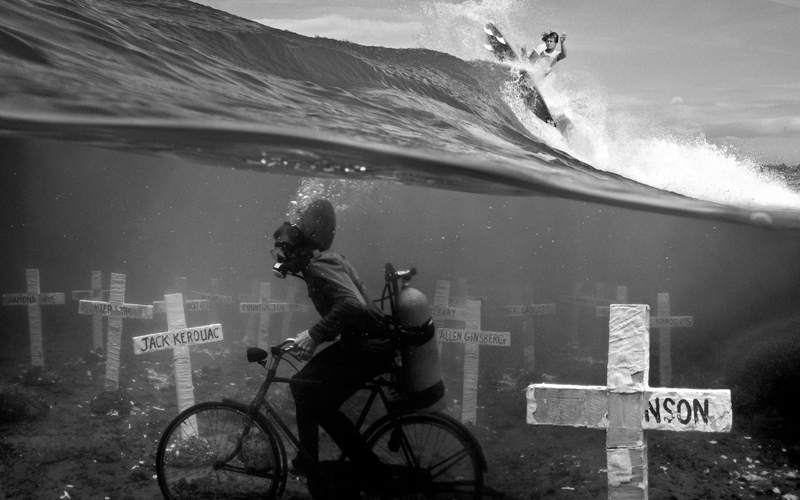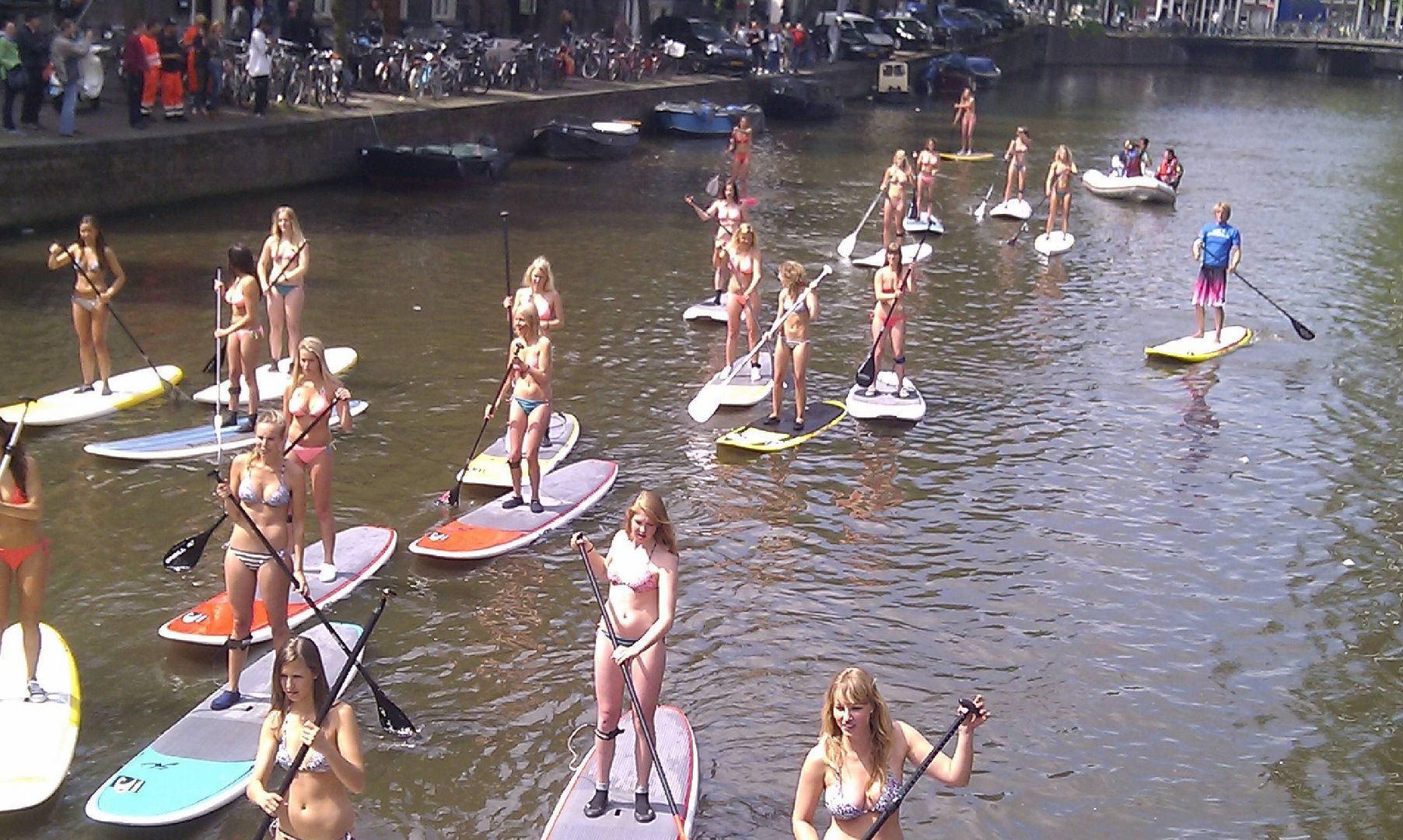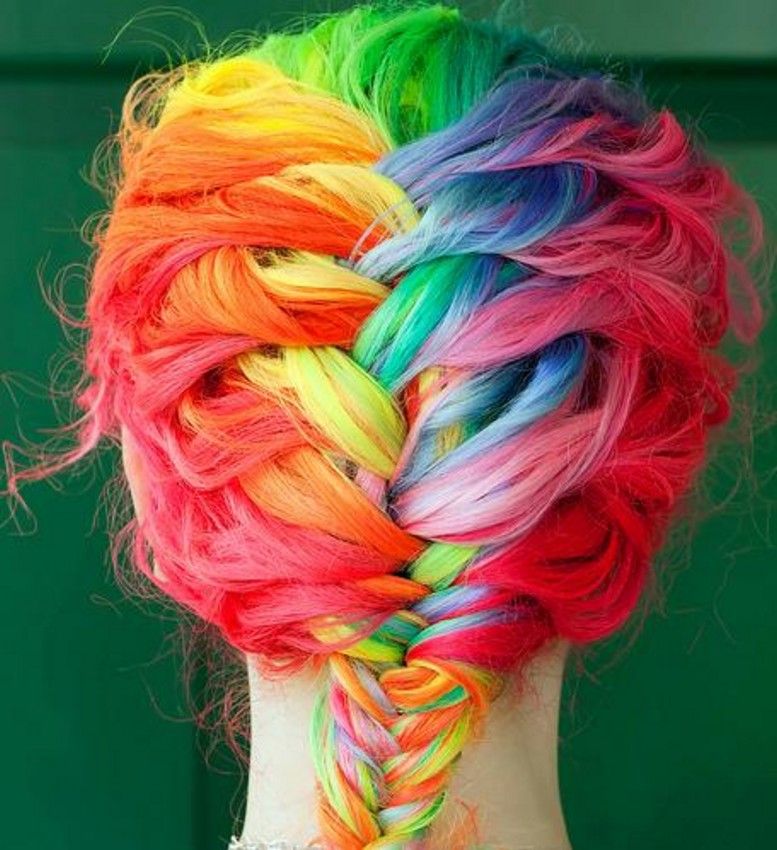| dawgfan |
10-11-2011 10:30 PM |
Quote:
Originally Posted by Buccaneer
(Post 2547098)
Except that pre-digital photographs that had been separated or printed in layers were a different artform (e.g., composited photographs or multi-plane camera). It was unethical to pass off post-process subject alterations as a true photograph. Enhancing, masking, dodging were attempts to bring a print closer to the reality of what was seen in nature, given the technological limitations. Our eyes act as natural filters (e.g., more polarized than glass to reduce glare) as well as enhanced depth of field. But much of it depended upon the light that was given, not made to produce artificial colors, brightness and saturation that wasn't there in the first place.
|
Well, I'm not talking about compositing pre-digital - I'm talking about shifting the color balance, amount of saturation, overall light/dark, etc.
I guess my main point is we're really just talking about the advancement of the technology. Using a daguerreotype or camera obscura was more limited than the first film cameras, which were more limited than the introduction of SLR's, which were more limited than the dSLR's of today.
As an example, HDR is something that is really only practical since the introduction of image manipulation software. Is it "cheating" to use that process? Not necessarily, as that process more accurately reflects what the human eye sees in terms of relative light values. |





